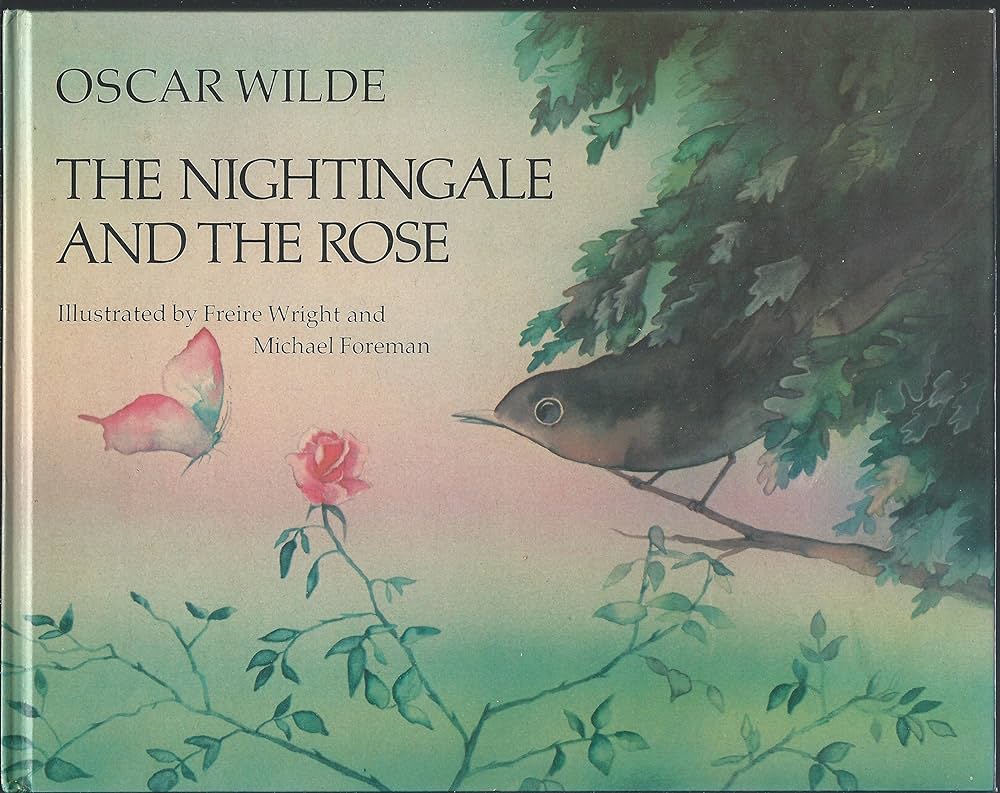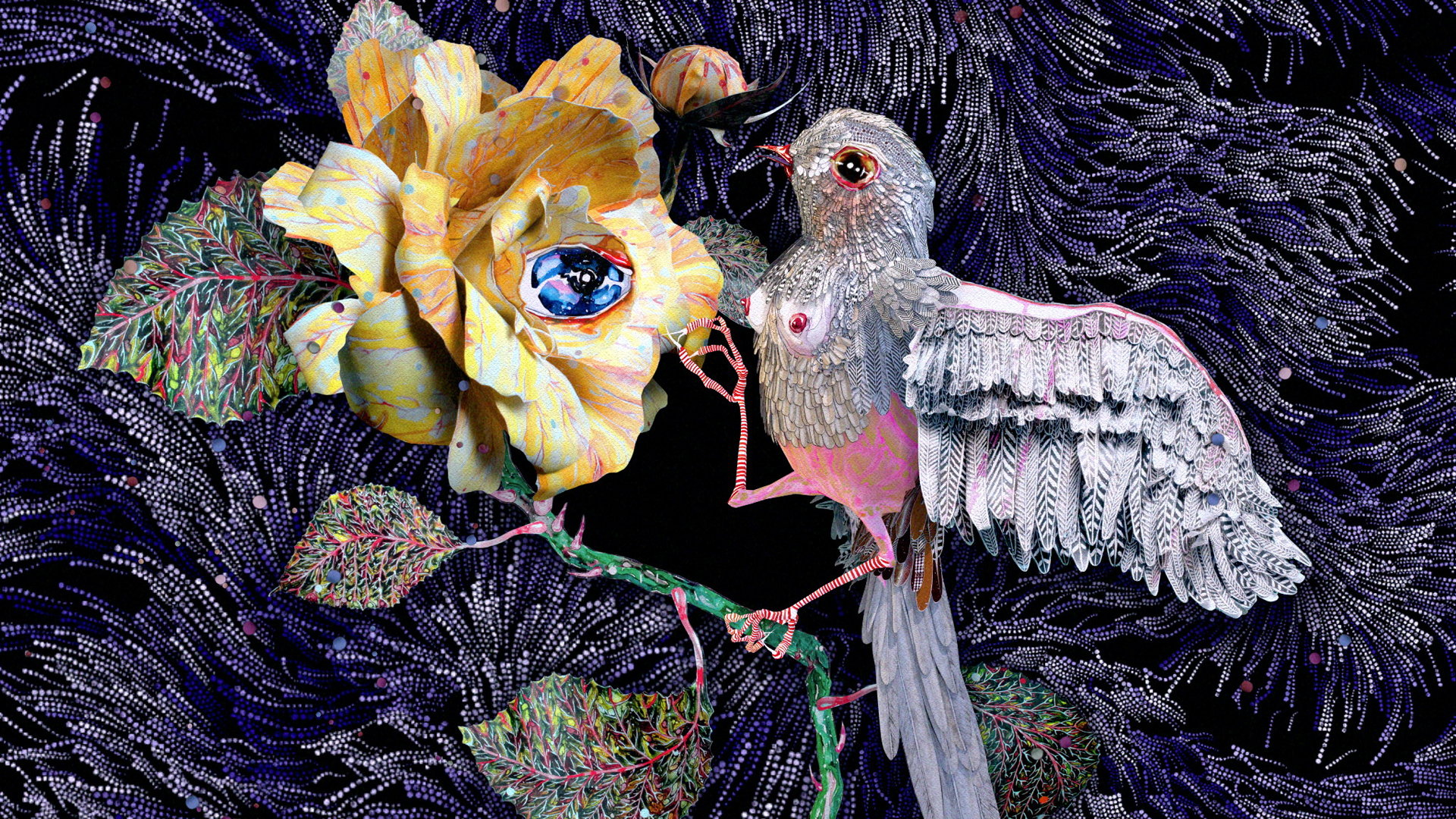By Katerina Taxiaropoulou,
This summer, I found myself teaching English as a foreign language at an international sports and language camp, in Greece. Roughly grouped according to age and level, the students had to attend lessons daily and by the end of their stay, they would get a certificate of English. Yet, as the days were long and the students were feeling tired by the different activities, it became more and more difficult for them to follow the given booklet, which was full of boring vocabulary exercises, on standard topics like food and hobbies. So, many students skipped class, especially the adolescent ones, aged fourteen to seventeen.
In a desperate effort to make my English lessons a bit more interesting, I was looking at different topics and materials online, but still could not find anything… That was until I started taking a closer look at the children I had in front of me. My B2 class for example consisted of fourteen-, fifteen- and sixteen-year-old boys and girls, most of them quite tall and stout, because of their Balkan origins. They were talking about the latest love drama in their communities, about who fancied whom or who got rejected by whom the other night. Although they were very eager to gossip about the matters of the heart of others, they would become very reserved when I asked them about their own feelings in general. Having a conversation about emotions was not something they were used to and topics like female sexuality and queer culture were a great taboo. So, I thought to myself, why not have them read a short story by Oscar Wilde?
I had to pick a text that presents complex topics in a more digestible manner and so allows for further reflection and critical analysis. An all-time great “allegorical fable about love, sacrifice and selfishness”, Oscar Wilde’s The Nightingale and The Rose seemed like the perfect choice (Goodreads). Of course, to make sure that the language was appropriate for their level, I did not use the original text, but an adaptation of it prepared by an experienced ESL teacher.

Warm-up
First, I had a trivia session with the students whereby I would ask them different questions about Oscar Wilde and they would have to choose the correct answer or say if my statement was true or false. Through this game, I was able to spark their interest and of course give them important information about the author’s origins, influences, writing style and socio-political ideologies. I only mentioned that he was put to prison because of his homosexuality and did not take it further as we would drift from our central focus which was the story. As Amy Gardner holds, it is essential that teachers “activate students’ prior knowledge” before having them delve deep into a new literary universe (FluentU). Next, we did some vocabulary preparation exercises which would later help the students comprehend the text fully.
Reading
The Nightingale and The Rose tells the story of a young Student who falls in love with a girl, but cannot have her unless he offers a red Rose. Hearing his lamentations, the Nightingale sets forth to get him a rose but learns that in order for that to be red, she needs to sacrifice herself, by pressing her heart against a thorn while singing under the moonlight. Like most of Wilde’s tales, The Nightingale and The Rose “ends poorly”, as the Nightingale dies in her “selfless attempt” to please the Student, whose girl finally abandons him for someone who offers her expensive jewels (The Hyacinth Review).
The text was divided into five sections which students took turns reading. After each section, I was asking some simple comprehension questions to make sure that everyone could follow. Once the reading was over, I asked them how they felt about the story, without giving them any hint about what I was thinking. As other educators hold, it is important to “allow students to express their own ideas” and not guide them towards a specific direction of interpretation (FluentU). Most of them told me that they found the story “sad” and they disliked the Student because he was very “selfish”.

Discussion
After some students had elaborated on the story and how they felt about it, I took over and broke the text into smaller discussion parts. First, I asked them to characterize the different figures, mainly the Nightingale and the Rose, explaining how Wilde’s story “is dripping with metaphor and symbolism” (The Hyacinth Review). For example, I asked them why they thought that the Nightingale would have to be sacrificed and why the author chose to make it a female. This led to comments about how nature is often portrayed as a mother figure because of its life-giving powers and how women are usually the ones who make sacrifices in life. When it comes to the Rose, the students seemed to agree with the general interpretation that it represents “love itself” (The Hyacinth Review). It is what the Student longs for so desperately, and what the Nightingale dies for so poetically.
In the end, I asked from my students to interpret the final lines of the story and relate them to their experience: “What a silly thing Love is,’ said the Student as he walked away. It is not as useful as Logic, for it does not prove anything, and it is always telling one of things that are not going to happen, and making one believe things that are not true. In fact, it is quite unpractical, and, as in this age to be practical is everything, I shall go back to Philosophy and study Metaphysics.”
― Oscar Wilde, quote from The Nightingale and the Rose
Although in between teenage giggles, some students, boys especially, admitted that when they fall in love they do act and feel somewhat silly. Yet, almost all of them disagreed with the opinion that one should reject love altogether because of a single painful experience. Love, much like art, is not “practical”, but it is beautiful. It does not involve great “Logic”, yet somehow it gives meaning to everything. The Student is now awfully hurt, but he will love again. And hopefully next time, no bird will have to be sacrificed.
References
- The Rose-Colored Closet: Beauty & Symbolism in Oscar Wilde’s The Nightingale and the Rose. Hyacinthreview.com. Available here
- The Nightingale and The Rose. Goodreads. Available here
- The Nightingale and The Rose. En.islcollective. Available here
- Del Kathryn Barton: The Nightingale and the Rose. Acmi.net.au. Available here




